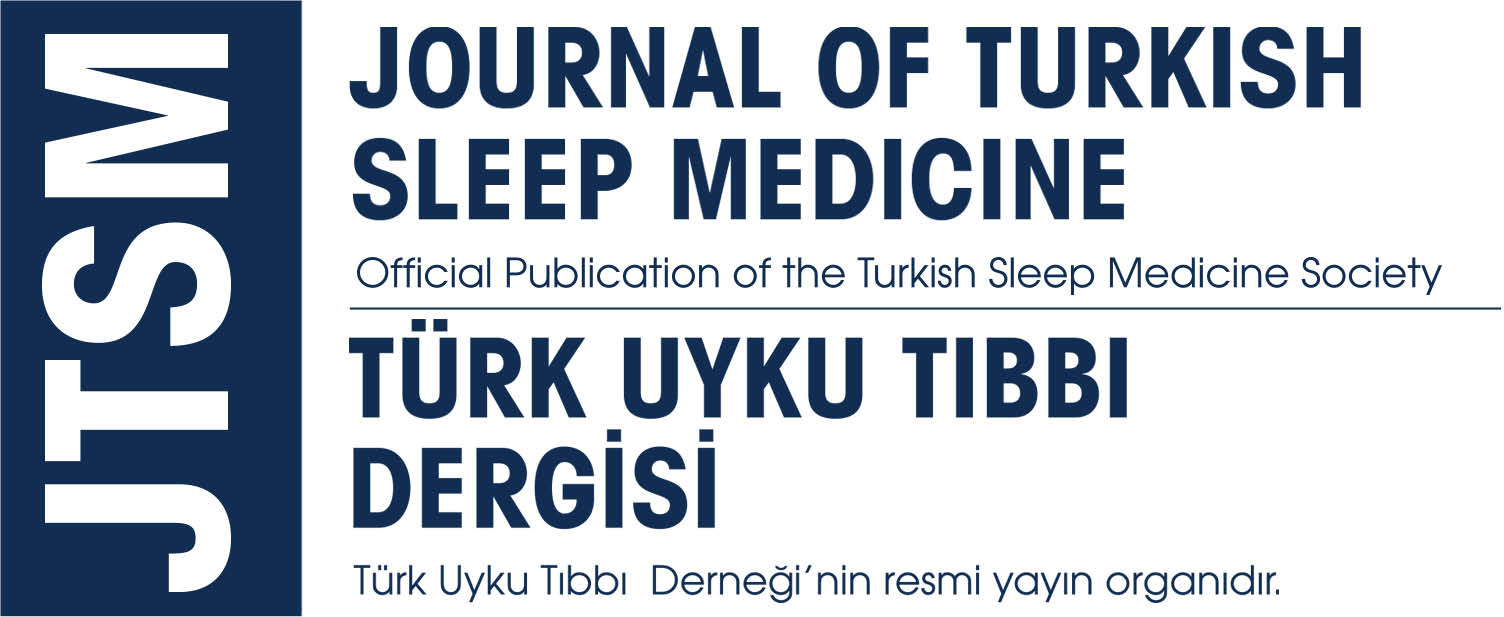References
1
Kribbs NB. Objective measurement of patterns of nasal CPAP use by patients with obstructive sleep apnea. Am Rev Respir Dis 1993; 147(4):887-895.
2
Stepnowsky C, Moore P. Nasal CPAP treatment for obstructive sleep apnea: developing a new perspective on dosing strategies and compliance. J Psychosom Res 2003;54:599-605.
3
Weaver TE, Grunstein RR. Adherence to continious positive airway pressure therapy. The challenge to effective treatment. Proc Am Thorac Soc 2008;5:173-78.
4
Ulander M, Johansson MS, Ewaldh AE, Svanborg E, Broström A. Side effects to continious positive airway pressure treatment for obstructive sleep apnoea: changes over time and association to adherence. Sleep Breath 2014; 18: 799-807.
5
Lasters F, Mallegho C, Boudewyns A, Vanderveken O, Cox T, Ketelslagers K, Verbraecken J. Nasal symptoms in patients with obstructive sleep apnea and their impact on therapeutic compliance with continuous positive airway pressure. Acta Clinica Belgica 2014;69(2).
6
Camacho M, Riaz M, Capasso R, Ruoff CM, Guilleminault C, Kushida CA, Certal V. The effect of nasal surgery on continious positive airway pressure device use and therapeutic treatment pressures: A systematic review and meta-analysis. Sleep 2015; 38(2): 279-86.
7
Dibra MN, Berry RB, Wagner MH. Treatment of obstructive sleep apnea. Choosing the best interface. Sleep Med Clin 2017; 12: 543-49.
8
Patil SP, Ayappa IA, Caples SM, Kimoff RJ, Patel SR, et al. Treatment of Adult Obstructive Sleep Apnea with Positive Airway Pressure: An American Academy of Sleep Medicine Clinical Practice Guideline. J Clin Sleep Med 2019; 15(2): 335-43.



